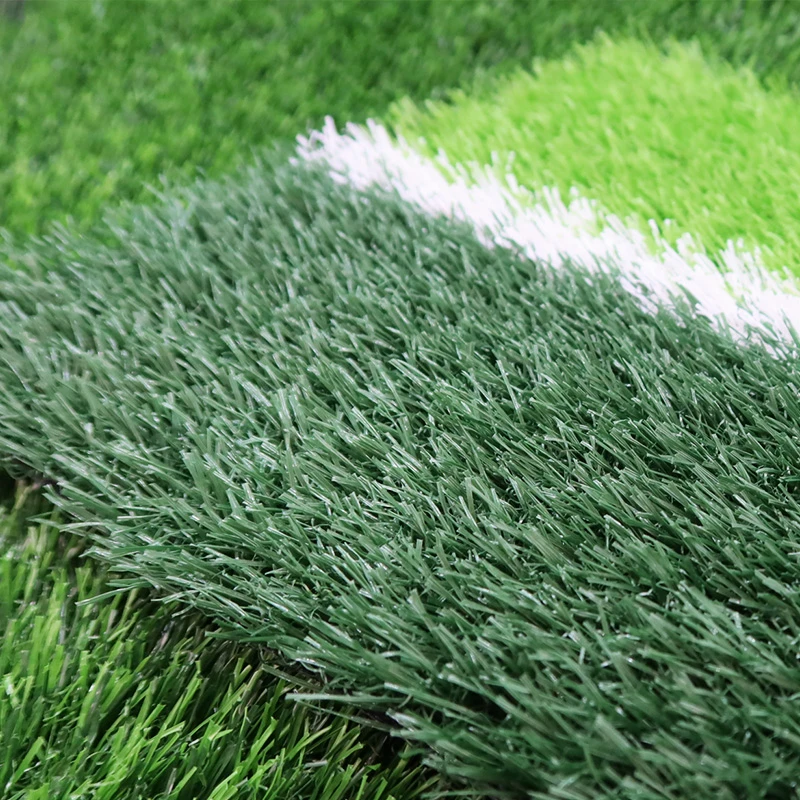
- Afrikaans
- Arabic
- Belarusian
- Bengali
- Czech
- Danish
- Dutch
- English
- Esperanto
- Estonian
- Finnish
- French
- German
- Greek
- Hindi
- Hungarian
- Icelandic
- Indonesian
- irish
- Italian
- Japanese
- kazakh
- Rwandese
- Korean
- Kyrgyz
- Lao
- Latin
- Latvian
- Malay
- Mongolian
- Myanmar
- Norwegian
- Persian
- Polish
- Portuguese
- Romanian
- Russian
- Serbian
- Spanish
- Swedish
- Tagalog
- Tajik
- Thai
- Turkish
- Turkmen
- Ukrainian
- Urdu
- Uighur
- Uzbek
- Vietnamese
Benefits of Using Artificial Grass in Sports Facilities and Playing Fields
Dec . 31, 2024 03:08 Back to list
The Rise of Artificial Grass in Sports Revolutionizing the Game
In recent years, artificial grass has emerged as a revolutionary force in the world of sports, transforming the way athletes train and compete. With advancements in technology and materials, synthetic surfaces have evolved to closely mimic the properties of natural grass, offering numerous advantages for players, coaches, and facility managers alike.
One of the most significant benefits of artificial grass is its durability. Natural grass fields can be severely affected by weather conditions, heavy usage, and pests, leading to bare patches and inconsistent playing surfaces. In contrast, artificial turf can withstand heavy foot traffic and various weather scenarios, maintaining its integrity all year round. This reliability allows for more consistent training and game conditions, ultimately enhancing player performance.
Moreover, the maintenance of natural grass fields can be both labor-intensive and costly. Regular mowing, watering, fertilizing, and pest control are necessary to keep natural grass healthy and playable. Artificial grass reduces these maintenance costs significantly. Once installed, synthetic turf requires minimal upkeep, typically just occasional brushing and cleaning to remove debris. This frees up resources that can be allocated to other areas, such as coaching or player development.
In addition to its practical benefits, artificial grass also caters to the growing demand for all-weather sporting facilities. Traditional grass fields may become muddy and unusable after heavy rain, forcing games and practices to be canceled or relocated. On the other hand, synthetic surfaces are engineered to drain water efficiently, allowing athletes to train and compete regardless of weather conditions. This feature promotes greater accessibility and utilization of sports facilities, ensuring that athletes can consistently engage in their training regimens.
artificial grass sport

The safety of athletes is another critical concern in sports. Modern artificial turf systems are designed with safety in mind, incorporating shock-absorbing layers that significantly reduce the risk of injuries. Studies suggest that synthetic surfaces can lower the incidence of certain injuries—such as twisted ankles or knee injuries—by providing a more forgiving surface compared to traditional grass. This advancement is particularly beneficial for high-impact sports, where injuries are more prevalent.
Furthermore, artificial grass can be customized to cater to specific sports needs. Different types of turf can be installed for soccer, football, baseball, or even multi-sport complexes, allowing for tailored performance characteristics. With advancements in technology, the playing experience on artificial grass can closely mimic that of natural grass, providing athletes with a familiar and comfortable surface to showcase their skills.
Despite its many advantages, some critics still prefer natural grass for its aesthetic appeal and environmental benefits. Natural grass fields can contribute to local ecosystems and offer a picturesque green space. However, the push towards sustainability in the production of synthetic materials has made artificial grass more environmentally friendly. Many manufacturers now produce turf from recycled materials and develop systems for its eventual recycling, helping to mitigate the environmental footprint.
As we look to the future, the integration of artificial grass in sports is likely to continue expanding. From professional stadiums to community parks, synthetic surfaces are becoming increasingly common, providing athletes with the reliability and safety they need to excel. The transformation that artificial grass brings to sports not only enhances the quality of play but also promotes greater participation by creating more accessible and consistent venues for athletes of all ages and skill levels.
In conclusion, artificial grass represents a significant advancement in the world of sports. Its durability, low maintenance, all-weather usability, safety features, and customizable options make it a preferred choice for many sports facilities. As technology continues to evolve, artificial grass will undoubtedly play an increasingly vital role in shaping the future of athletic competition, ensuring that athletes can perform at their best, no matter the conditions.
-
The Benefits of Artificial Turf for Indoors
NewsJul.15,2025
-
How Artificial Grass Suppliers Ensure Quality Products
NewsJul.15,2025
-
Artificial Grass and Pets: A Space for Relaxation
NewsJul.08,2025
-
Balcony & Outdoor Decoration with Artificial Grass
NewsJul.08,2025
-
Best Indoor Artificial Grass for Home
NewsJul.07,2025
-
Best Pet Turf for Dogs: Safe & Durable Artificial Grass Options
NewsJul.07,2025
Products categories









